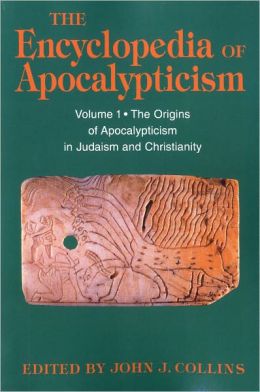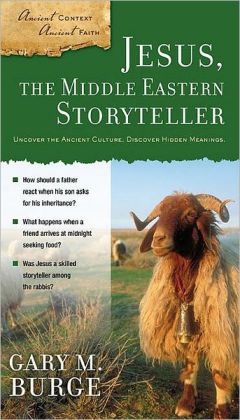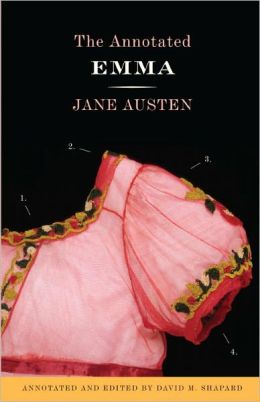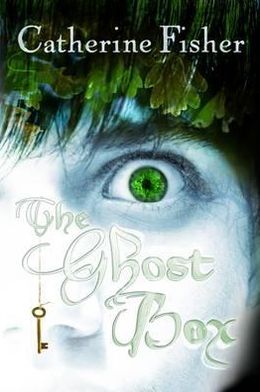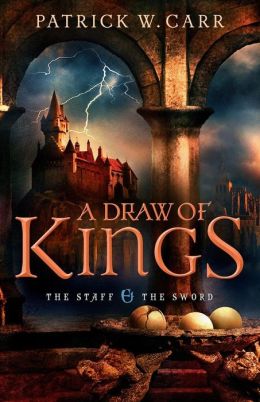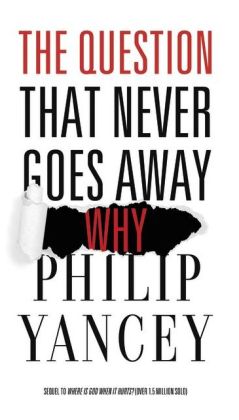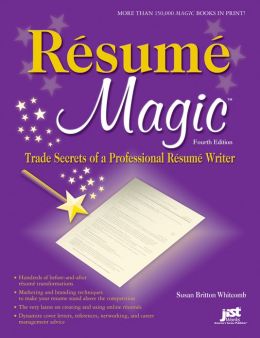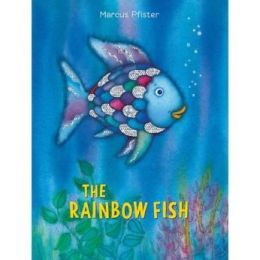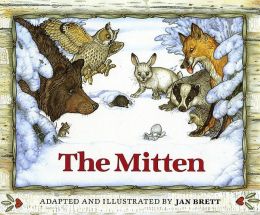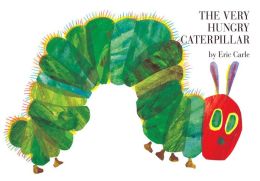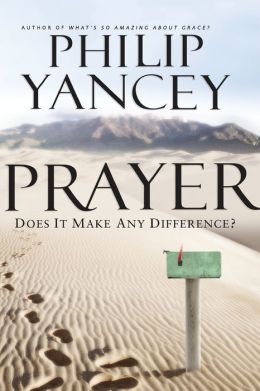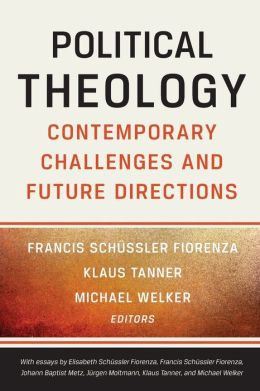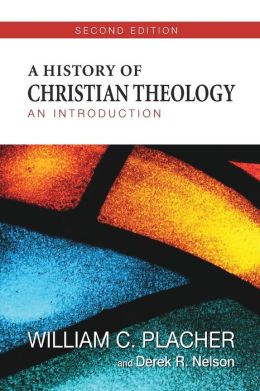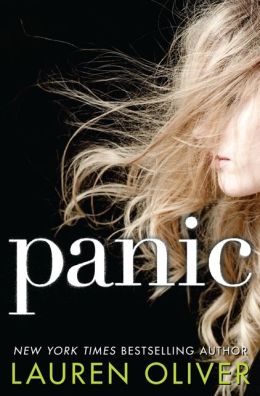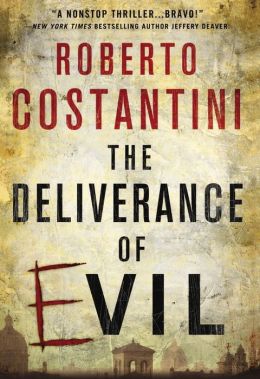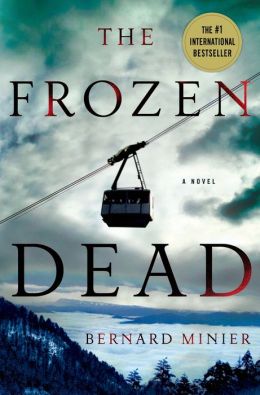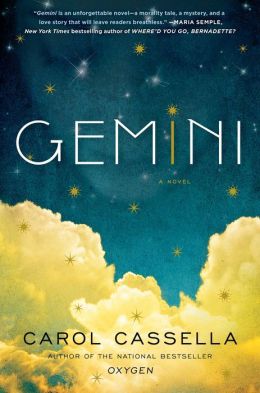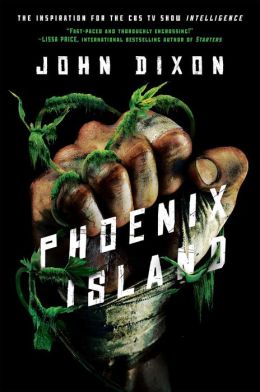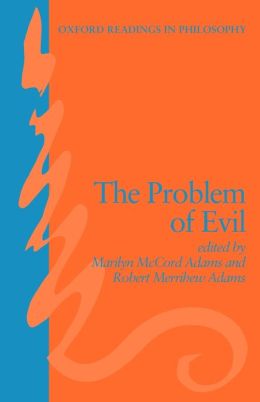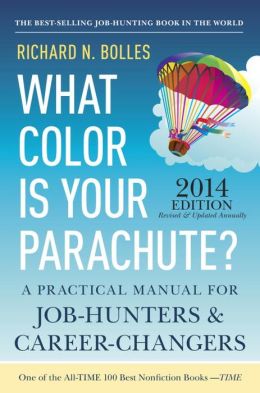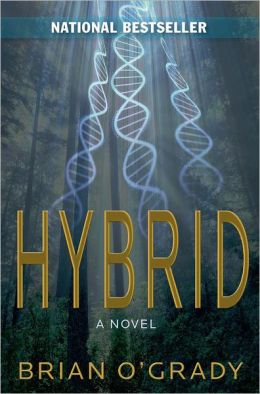Blood Ties, by Garth Nix and Sean Williams

Genre: Middle Grade Fantasy / Adventure Series
Reason for Reading: I'm already reading this series, of course, but I was happy that Scholastic provided an ARC through Netgalley in exchange for an honest review.
Synopsis (May contain some light spoilers for earlier books in the series): Meilen has run away from the Greencloaks to search for her father in her homeland of Zhong. Conor, Abeke, and Rollan quickly follow - they hope to recover their friend and get the Slate Elephant talisman from Dinesh, the Great Elephant. But Zhong has been conquered, so the kids must fight through armies of enemies to find what they seek. The Devourer is gaining power, and he will stop at nothing to take over all of Erdas with his nature-defiling bile.
My thoughts: Another great installment of the series. And they just keep getting better and better! (Not, of course, because the authors are changing, but because the plot and characters are developing as the series progresses.) Like in the earlier books, Blood Ties shows the power friendship - of working with your team rather than trying to fight evil alone. It encourages trust - of your partners, your friends, and the power of Good to conquer Evil. Most of all, the story is fun. It's a delight to watch as the kids' distinct characters develop, and how each character adds to the dynamics of the team. The world-building is also a lot of fun - it has both a familiar and a novel taste. For instance, Zhong is the Erdas-equivalent of Asia. The comparison is undeniable, and yet Zhong's culture and scenery are also delightfully unique. And, of course, this book is filled with adventures, intrigue, and battles - which any lover of middle grade fantasy / adventure books craves. I'm looking forward to the release of the next book in the series, Fire and Ice, in July.

